Go to the track to create low fuel consumption and experience the Toyota Double Engine Endurance Race
[Original by Aika Automotive Technology Channel]
If you talk about pure electric vehicles, everyone will definitely think of Tesla, but if you talk about hybrid models, I’m afraid you can’t bypass Toyota. There is a folk saying: "There are only two kinds of hybrids in the world, one is Toyota hybrid, and the other is other hybrids."Although this is somewhat exaggerated, it is enough to illustrate Toyota’s advantages in hybrid technology and its reputation in the hearts of consumers. Recently, GAC Toyota’s 60-minute dual-engine hybrid endurance race (hereinafter referred to as endurance race) kicked off in Shanghai. Can fuel consumption and speed be taken into account when running the track with hybrid models?
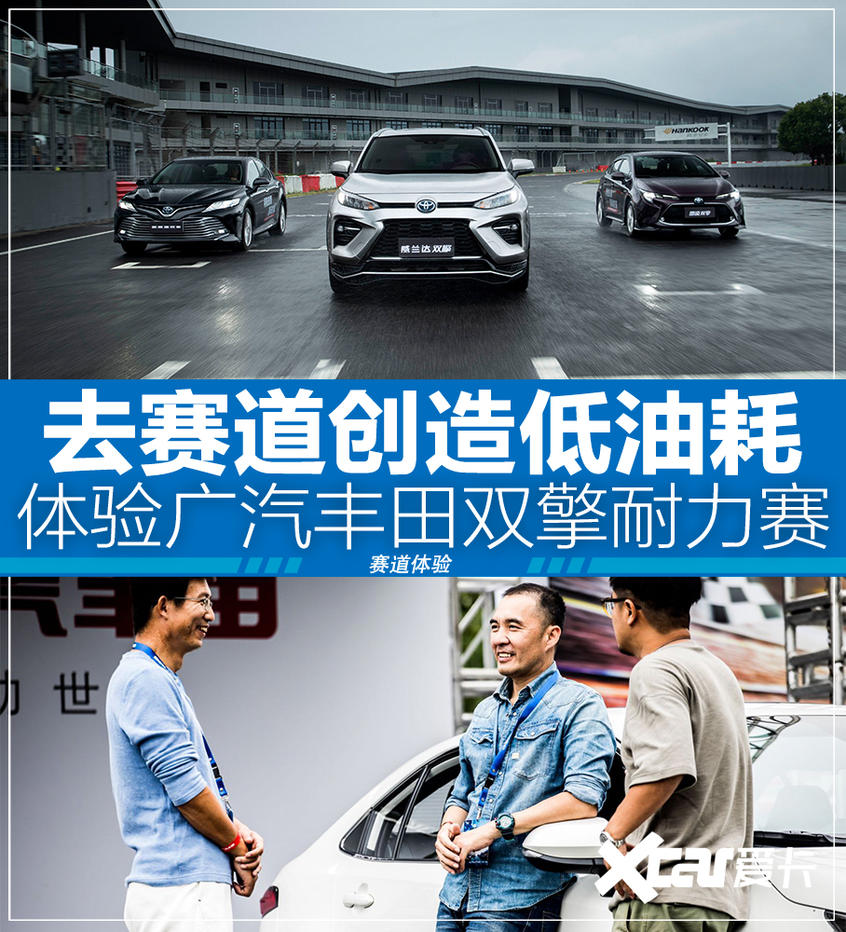
Before the start of the endurance race, let’s briefly review Toyota’s hybrid system, which is called THS(Toyota Hybrid System) and first appeared in 1997.
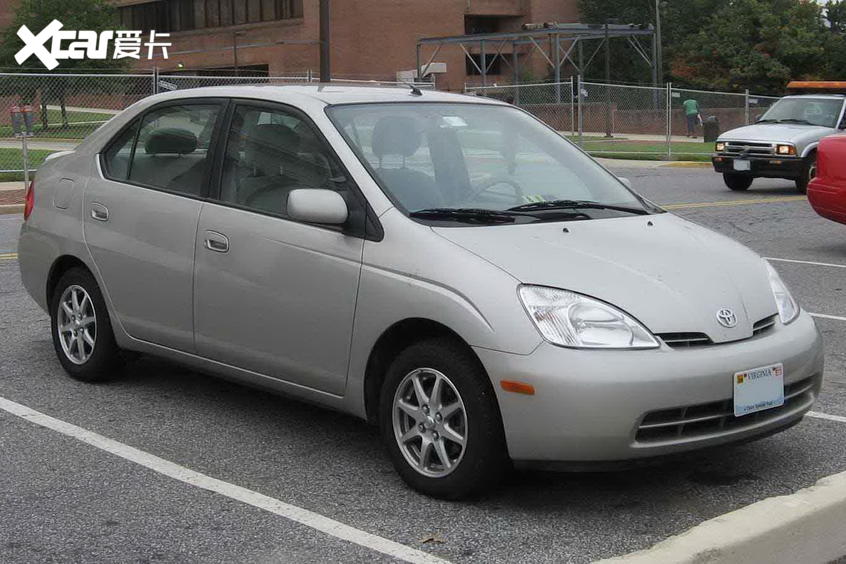
In 1997, the first generation Prius, code-named XW10, came out. It was equipped with the first generation THS hybrid system, and it was the first mass-produced hybrid electric vehicle in the world. The first generation THS system mainly consists of a 1.5L engine, a hybrid drive axle, a Power Control Unit (PCU) and a power battery pack. The sales volume of the first-generation Prius is not high, but it pioneered the hybrid electric vehicle for Toyota and even the whole automobile industry.
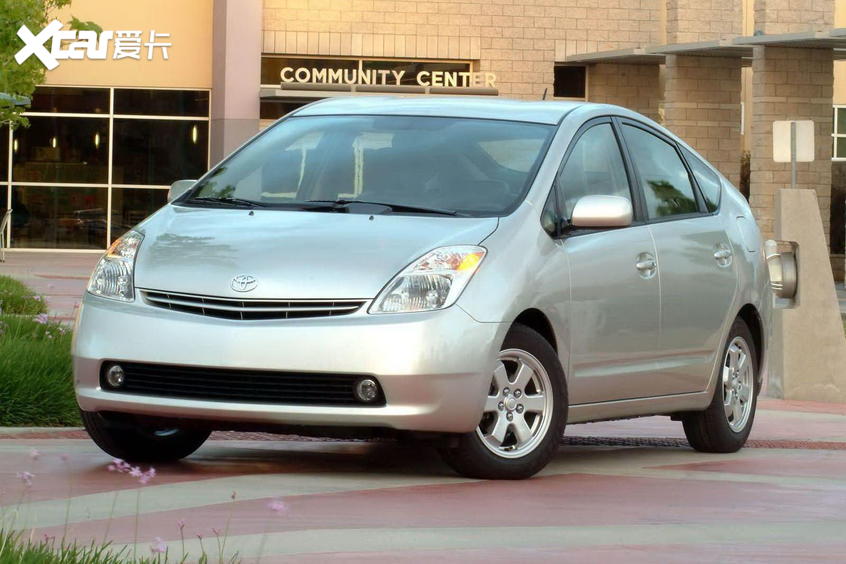
In 2003, the Prius ushered in a new generation, and the second-generation Prius code-named XW20 appeared. At the same time, its hybrid power system has been upgraded from THS to THS ⅱ, and the engine, motor, battery pack and other components have been improved. At that time, the situation in the Middle East was tense, and the international oil price continued to rise. Therefore, the second-generation Prius with a comprehensive fuel consumption of only 5.2L per 100 kilometers received great attention. In addition to winning the prize, the second-generation Prius has also achieved great success in sales.
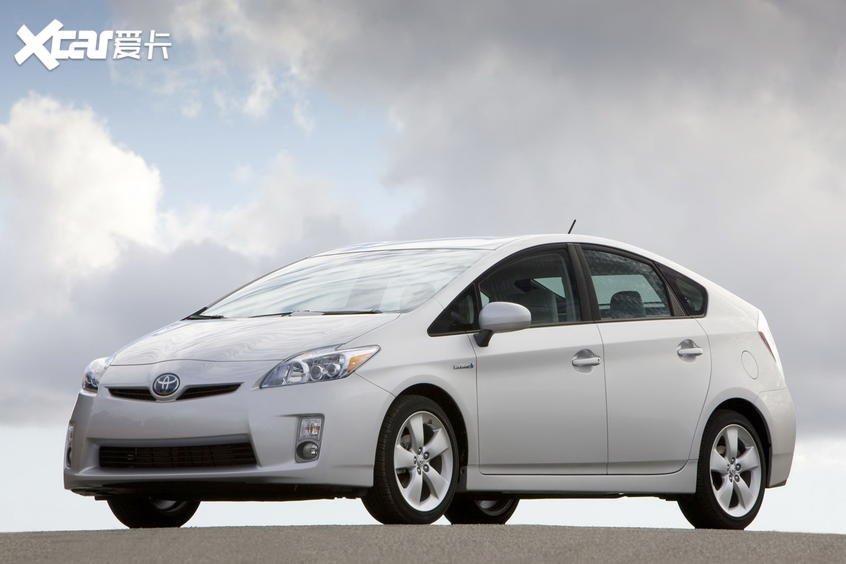
In 2009, Toyota released the third generation Prius, and its hybrid system also ushered in a major upgrade. A 1.8L Atkinson cycle engine with thermal efficiency as high as 38.5% replaced the previous 1.5L engine. At the same time, the transmission between the power splitting device and the reduction mechanism is changed from chain transmission to gear transmission, and the structure is more compact. The third-generation Prius was a great success, with sales exceeding 1 million vehicles in two years.
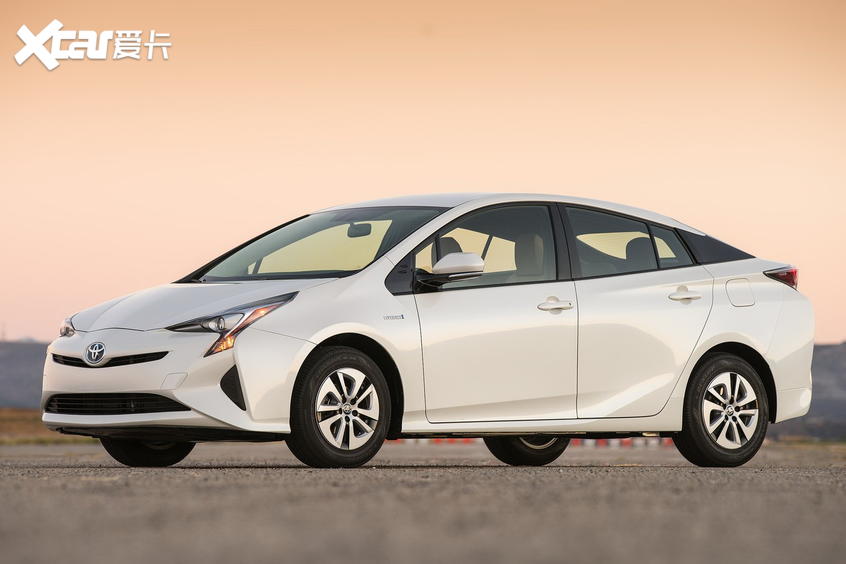
In 2015, Toyota released the fourth generation Prius at the Frankfurt Motor Show. The biggest change of this generation of hybrid system is that the structure of the hybrid drive axle has changed. In the previous hybrid system, the driving motor and the generator were arranged coaxially on the left and right sides of the planetary gear device respectively; In the new hybrid system, the driving motor is moved to the other side of the planetary gear device, arranged in parallel with the generator, and connected with the reduction mechanism through the balance shaft gear. This change makes the hybrid drive axle more compact, and the length is shortened from the previous 409mm to 362 mm. At the same time, due to the reduction of the number of parts, the mechanical loss is also reduced by 20%.
In addition to Toyota’s hybrid system, Honda’s i-MMD hybrid system is also widely sold in China. Although they are all hybrid systems, their driving logic is essentially different. The former connects the engine and two motors through the planetary gear mechanism and works in harmony. Honda’s i-MMD hybrid system has no planetary gear mechanism, which uses electricity at low speed and starts the engine to charge when the power is low; The engine will directly drive the vehicle at high speed.
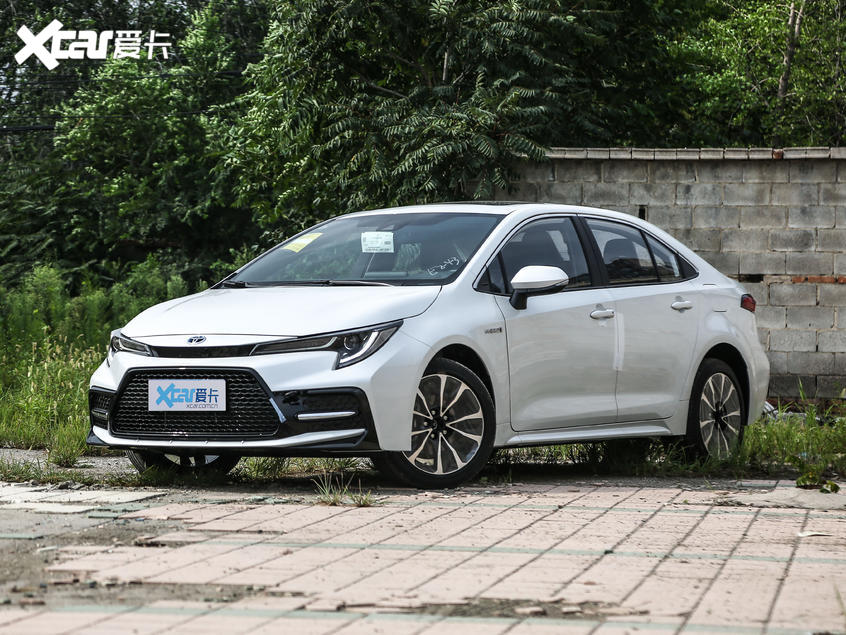
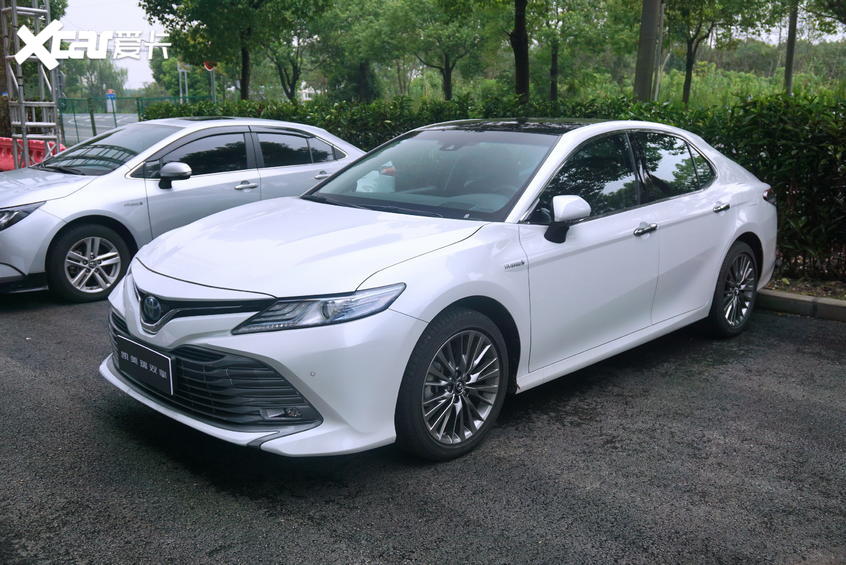
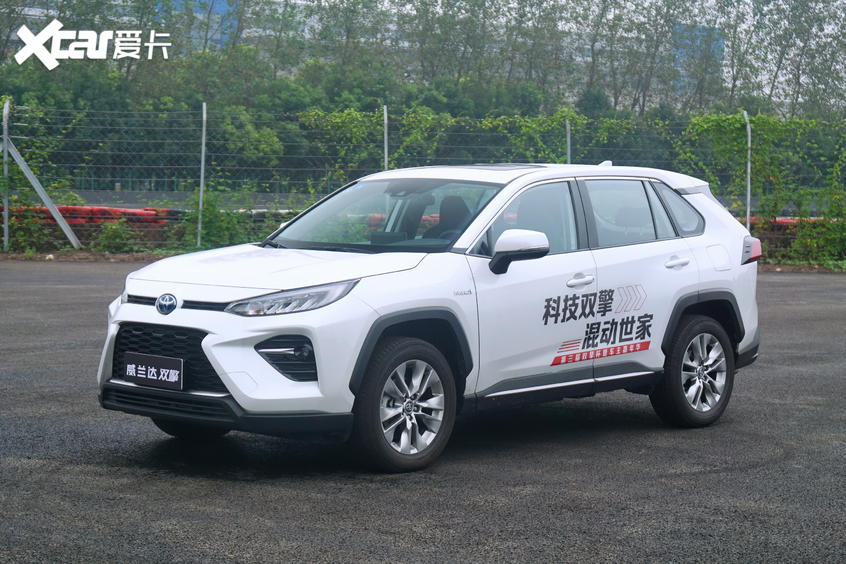
This endurance race includes all hybrid models of GAC Toyota — — The positioning of the three models is different, and they are also very representative in terms of power system.